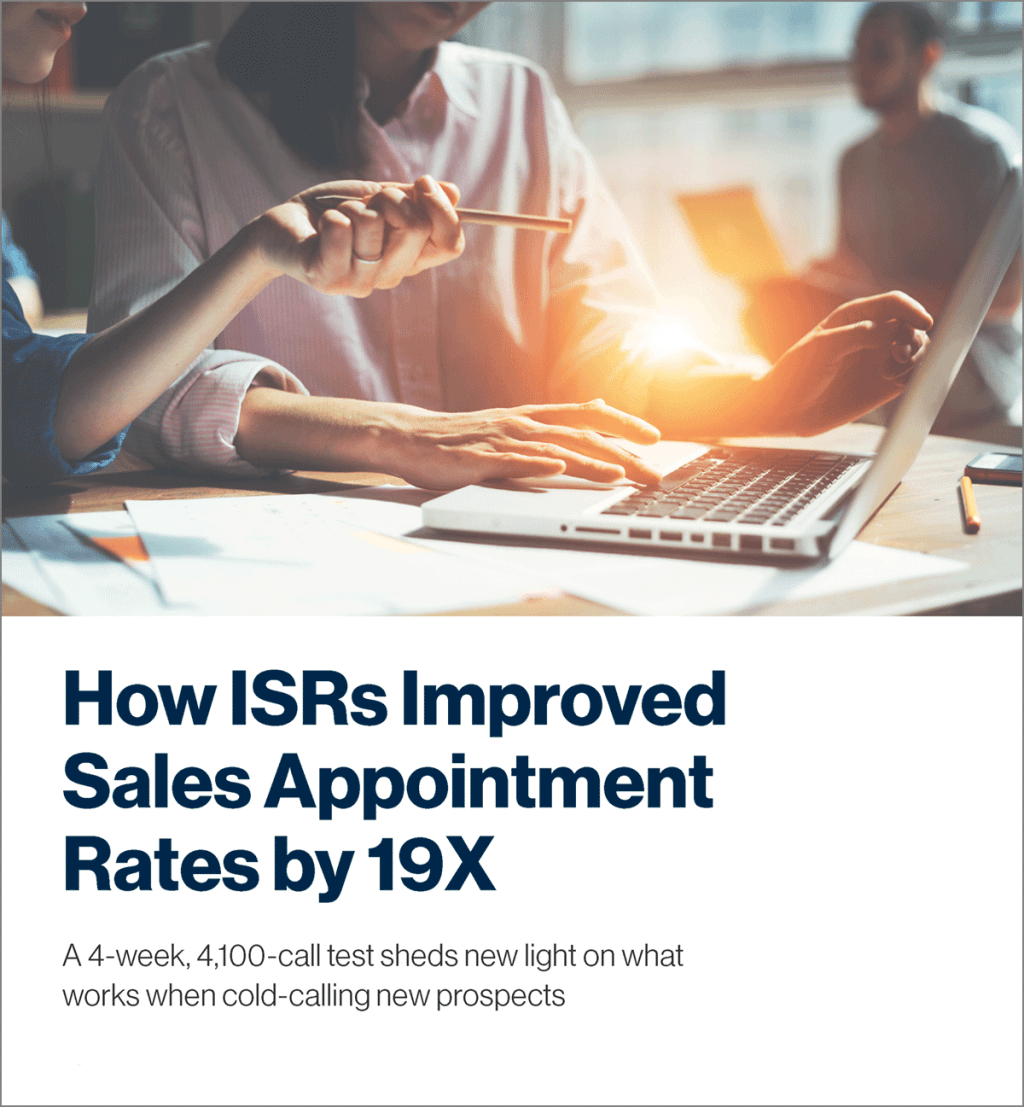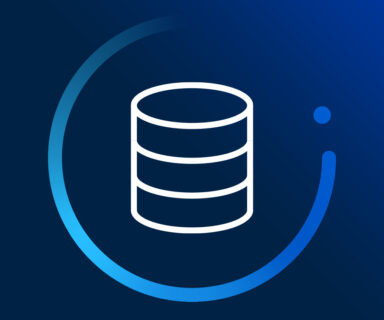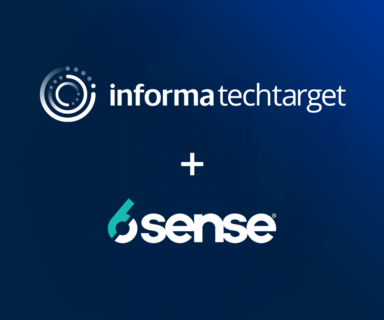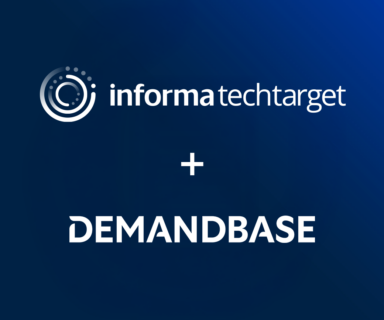In every cold call you have about 10 seconds to make an impression. Here’s how to dramatically increase your chances of success.
 The head of inside sales at a security software firm threw down the gauntlet in a recent ISR (Inside Sales Representative) training. “If you had to land an appointment at Coca-Cola by the end of the day or you’re fired, how would you go about it?”
The head of inside sales at a security software firm threw down the gauntlet in a recent ISR (Inside Sales Representative) training. “If you had to land an appointment at Coca-Cola by the end of the day or you’re fired, how would you go about it?”
His team of 12 ISRs brainstormed a range of approaches, including different ways of identifying the buying team and understanding their needs. Interestingly, none of his reps recommended the tactic they used daily when prospecting for new business: the product-centric “me-first” approach.
While the manager’s threat was in jest (I think), he exposed a key weakness on his team, a gap between what they are doing and what they should be doing. Like most ISRs, his reps habitually focused on the offer, not the customer. But today there are two huge reasons for ISRs to change their approach: Continuously declining conversion rates, and the availability of customer insights that can yield much better results.
Purchase Intent Data Isn’t Just for Marketing
Many B2B tech marketers now include purchase intent data in their workflow in an effort to expand their reach and gain customer insights not available via traditional demand gen. But few tech providers are fully leveraging project intelligence in their ISR outreach.
The challenge is partly workflow-related (ISRs already have lots of data points and screens competing for their attention) and partly due to old habits dying hard (they’re comfortable calling into inbound/syndication leads and don’t know how to adjust their approach for non-lead prospects).
Most companies want to try something different, but few have the time or resources to experiment. In an effort to remove some of the guesswork, TechTarget recently conducted an extensive test to determine what type of intent data yields the best results, and how best to use the intelligence when making calls.
Putting Intent Data to the Test with ISRs
Over a four-week period, we trained a team of enterprise tech ISRs to use purchase intent intelligence embedded in TechTarget’s Qualified Sales Opportunities (QSOs). These PDF-based reports provide project insights such as the top drivers for an upcoming purchase, desired product features, a short list of vendors being considered, info about the install environment and how the company plans to use the new solution.

The results were surprising: Over the course of 4,100 calls across three campaigns, ISRs who used project intelligence and closely referenced the details of a prospect’s purchase environment improved their appointment rates by up to 19X. You can access the full results here.
While there’s no silver bullet to replicating these results on your ISR team, the study showed there are key ingredients to success, including how you prioritize accounts, how you reference insider intelligence, and what to say (and not say) to land the appointment.
Transformation is never easy, but inside sales teams now have at their disposal many more ways to uncover new opportunities, engage non-lead prospects and evolve beyond the “me first” approach. I’m interested in hearing your secrets to inside sales success. Or, if you’d like more information about our approach, email me here.




